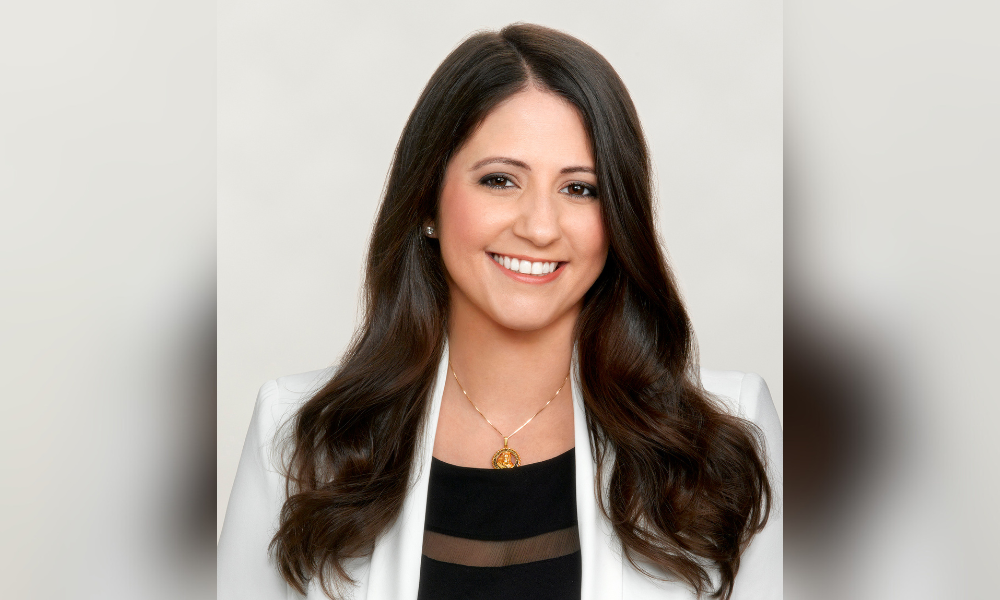Lower rates on ARM loans are turning many borrowers' heads

More borrowers are opting for adjustable-rate mortgage (ARM) loans at a time when pandemic-era ARM loans are set to adjust for the first time, a combination of factors that could kickstart the mortgage market.
When the Mortgage Bankers Association (MBA) released its weekly survey on Wednesday, it noted the ARM loan share of new applications was 9.6%, the highest rate since November 2023.
Grant Hall (pictured top), senior loan pro and team lead at Rosegate Mortgage, noted that ARM loans are being priced competitively compared to 30-year fixed-rate mortgages.
“ARMs are one of those where it's kind of dependent on where the secondary market or where the investor appetite is,” Hall told Mortgage Professional America. “There are some pockets in the market where all of a sudden we're seeing ARMs being priced very competitively compared with a 30-year fixed.”
Hall noticed a drop in some ARM rates since the beginning of the year, a decline that’s been significant enough that loan customers are interested in ARM loans.
“Since we crossed over into 2025, that spread between what you can get on a seven-year ARM versus that of a 30-year mortgage, the gap is wide enough to where you can see that net tangible benefit,” Hall said. “ARMs are gaining a lot of ground with reception from the borrower side, because they can see those monthly savings they can capture with that ARM.”
Hall saw the surge in ARM loans firsthand in March. As the rate gap between the adjustable-rate loan and the fixed-rate mortgage increased, so did the number of ARM loans he closed.
“It comes in waves when we see ARMs being more competitive,” Hall said. “But over the past quarter, it’s increased a lot. And I'd probably say about half of my loans I closed in March were adjustable-rate mortgages. When you can plug that piece of the puzzle in for certain borrowers, it makes a lot of sense depending on their circumstances.”
Which customers benefit from ARM loans?
Hall believes customers who may be nearing retirement age are great candidates for ARM loans.
“I would say a big play would be maybe older borrowers who are nearing retirement in the next five to 10 years,” Hall said. “They may not want to liquidate stocks to put more money down to get their payment where they want it. And they know it's a five-to-10-year play with their mortgage, and they can ride out that discounted interest rate.”
With the increase in home equity, Hall believes a second group of potential customers for adjustable-rate mortgages is people looking to sell their current home and buy a new home. Those potential buyers will be able to take sales proceeds and put larger down payments on new homes, which Hall notes allows them to get a better ARM rate.
“They sold their prior house, and they are rolling those sale proceeds into the new place, and have a lot of equity they've capitalized on to put more down on their new house,” he said. “Anytime your loan-to-value is 70% or better, we’re seeing a big spread differential to where those arms are pricing very competitively.”
There is still a lot of volatility in the market, as current and future tariffs keep the market uneasy, and President Trump is threatening to fire Federal Reserve chairman Jerome Powell.
At a time when affordability is still a major concern in the housing market, the ability to get a rate up to a half-point lower than a 30-year fixed-rate mortgage is driving some buyers to consider an adjustable-rate mortgage.
Sarah DeFlorio of William Raveis Mortgage urged brokers to prioritize affordability over chasing rates, as market swings disrupt traditional patterns. https://t.co/8RW41W0Ka0
— Mortgage Professional America Magazine (@MPAMagazineUS) April 15, 2025
Hall notes that the ability to roll over sales proceeds into a larger down payment on a new house reduces risk and allows for better interest rates, especially on ARM loans. And with long-term rates still forecasted to continue a gradual decline, these customers are betting on a lower-rate market when their ARM adjusts for the first time.
“It takes a lot of risk off the table, both for them and for the lender, the investor, to allow them to price that ARM product better because their borrower characteristics are better and stronger,” Hall said. “Borrowers understand it's not going to be their forever mortgage, but they’re saving three eighths to four eighths of a percent on the rate. And that’s fixed over the course of a seven-year period.
“On a $500,000 loan, that's $10,000 to $20,000 saved in interest over the course of seven years.”
Pandemic-era ARM loans, buy-downs set to adjust soon
In addition to a new surge of ARM loan applications, many homeowners opted for adjustable-rate mortgages during the early days of the pandemic. For the loans that were set to adjust in five and seven years, the first adjustment period is approaching.
Sarah DeFlorio (pictured below), vice president of mortgage lending at William Raveis Mortgage, told Mortgage Professional America that those customers refinancing or selling could free up the mortgage market.

“A lot of people who got the mortgages during the pandemic also took adjustable-rate mortgages,” DeFlorio said. “I think over the course of the next few years, we're going to see a lot of those first adjustment periods start to expire, and I think that's going to move people back into the market. That's an opportunity in terms of freeing up some of the inventory that's trapped.”
DeFlorio also noted some people may want to act on new home purchases before the long-term effects of the Trump administration’s tariffs take full effect.
“We expect market forces to continue to put increased pressure on prices,” DeFlorio said. “Especially if you're looking at the bigger picture in terms of construction, what happened in LA (with wildfires), and just overall, with the tariffs. The cost of construction is definitely going to go up.”
Hall also noted that in addition to ARM loans set to adjust after five years, many mortgages done in the last two years included short-term rate buydowns that are also ready to adjust.
“All these people did temporary rate buy downs for one year or two years when they bought their house two years ago, banking on rates coming down in a 12- to 24-month period,” Hall said. “And now here we are, and they haven't really come down. Maybe they closed with the 7% note rate, but for their first two years, they had a 5% or 6%, and now those are all adjusting up to that full note rate.
“So you have a combination of both the people that jumped on the ARMs five years ago, and also those short-term, temporary buy-downs that are coming up to that full payment that you're going to start seeing over these next six to 12 months.”
Stay updated with the freshest mortgage news. Get exclusive interviews, breaking news, and industry events in your inbox, and always be the first to know by subscribing to our FREE daily newsletter.



